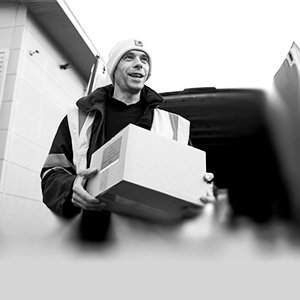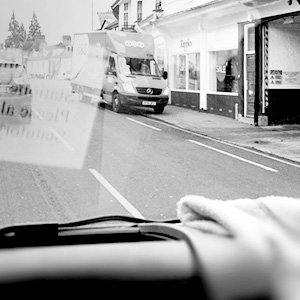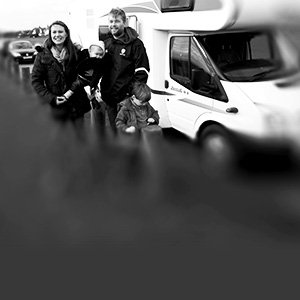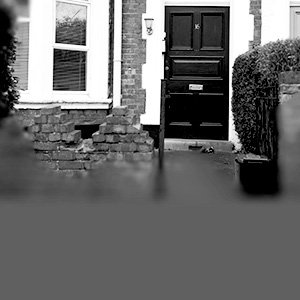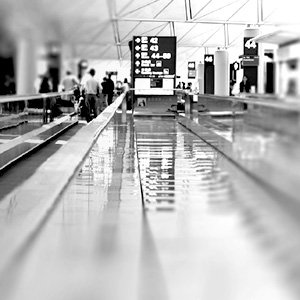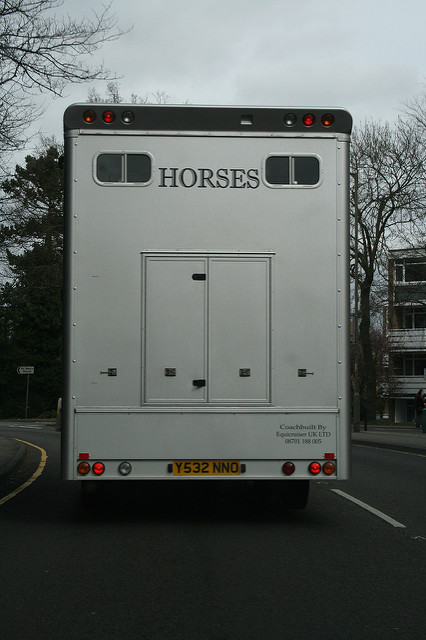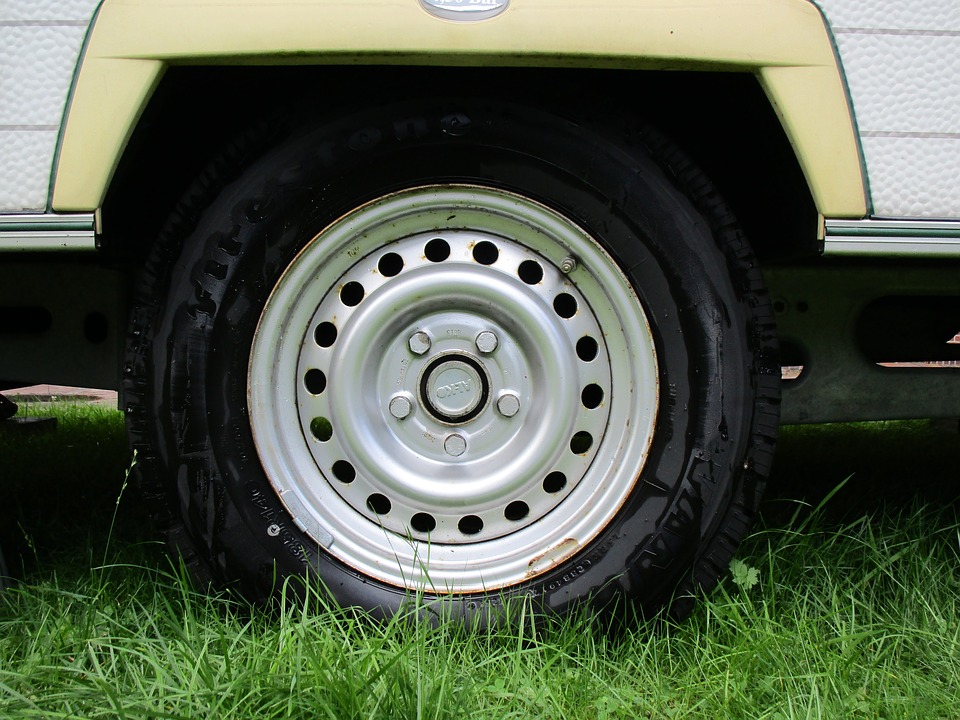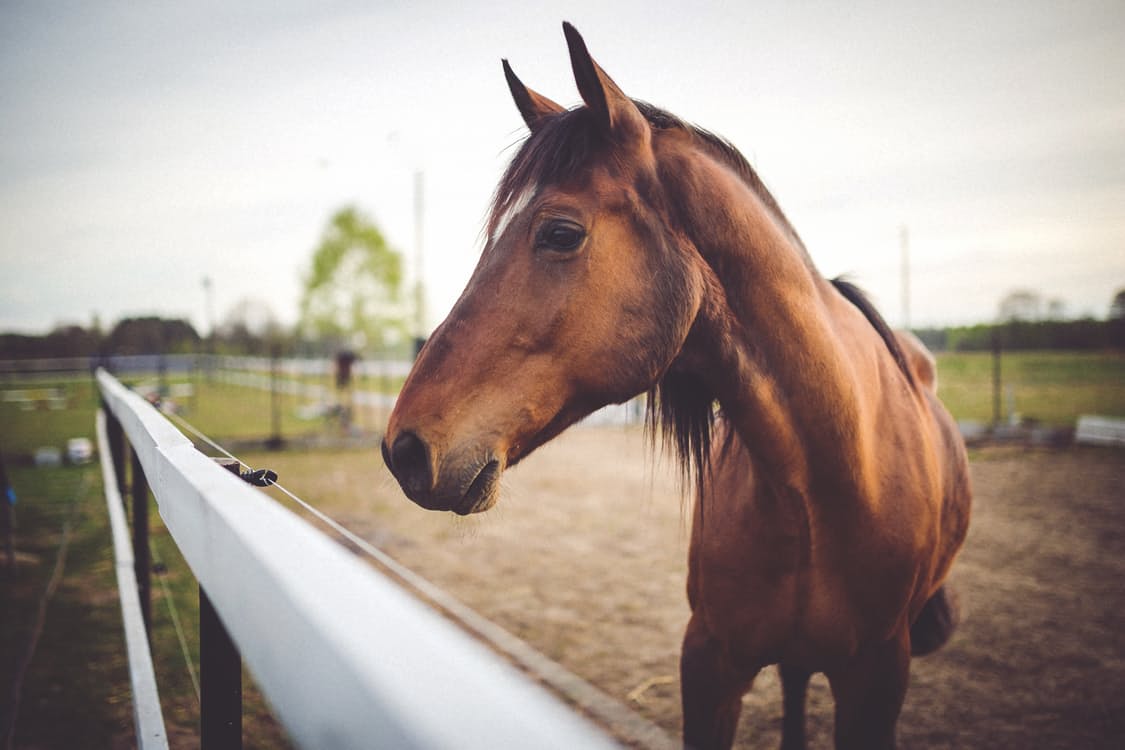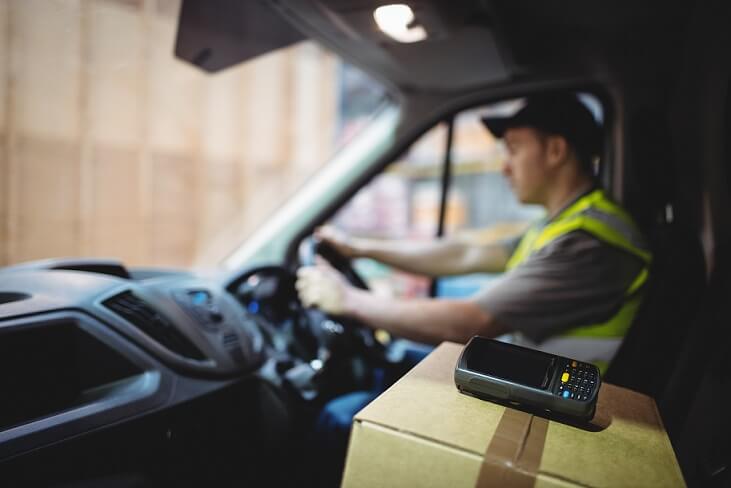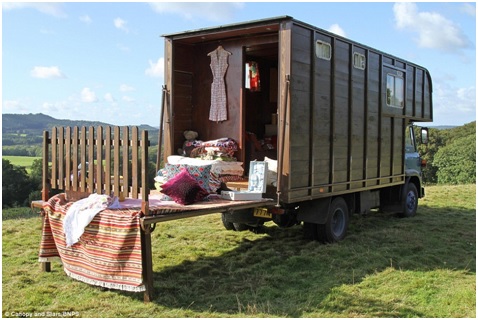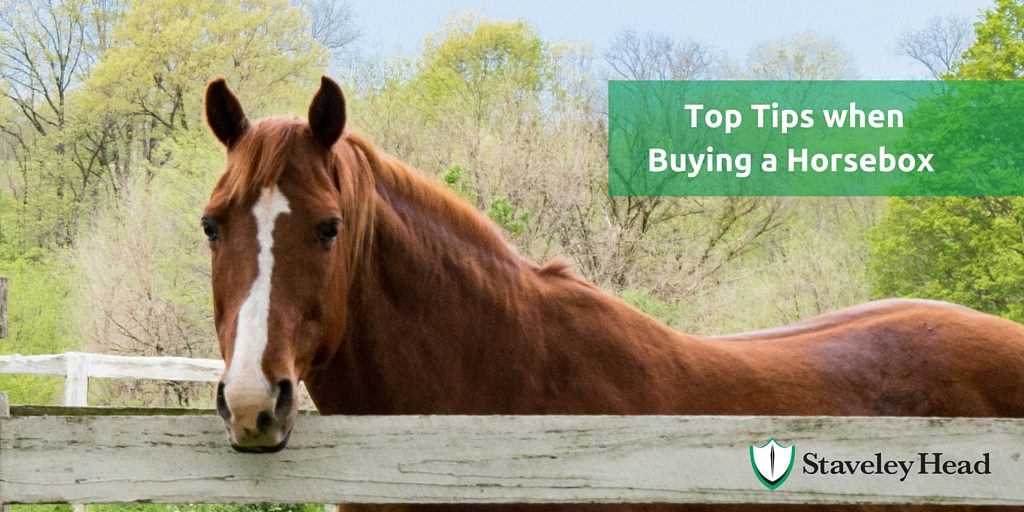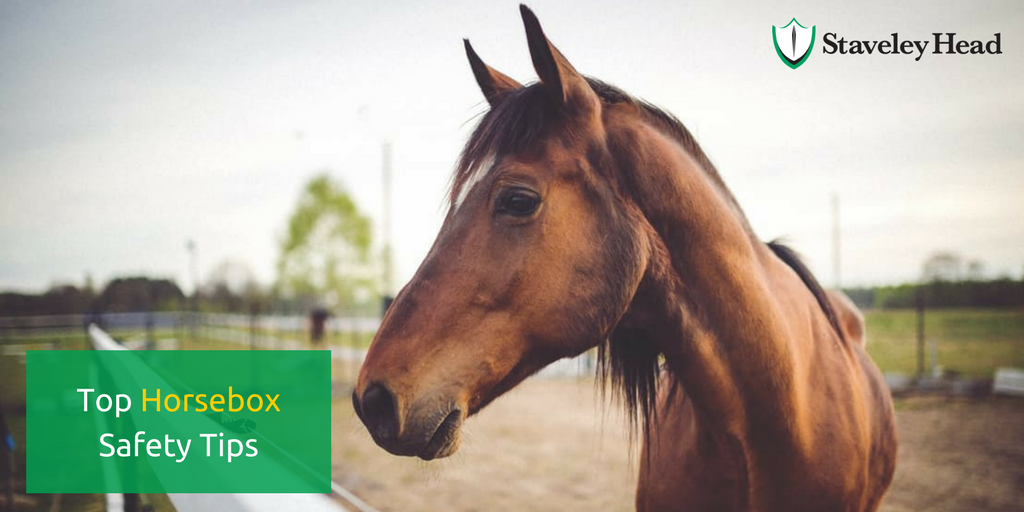Your horse has been fed, watered and groomed and all the tack is sorted; now you’re all ready to go to your next event. But have you checked your horsebox to make sure it’s safe to use? With research showing that 19% of injuries sustained by horses in horseboxes are fatal, it hits home how important keeping on top of maintenance can be.
Is my horsebox safe to go?
Image source: Handolio on Flickr
Next time you’re checking on your horse, why not spend 10 minutes making sure that their transport is safe and secure, ready for your next journey. Here’s what to be looking out for:
Faulty flooring
The floor of your horsebox has to bear a lot of weight; regular checks to make sure that it’s in a good condition are vital for your horse’s safety and welfare whilst travelling.
Horsebox floors have a lot to put up, from spray off the road, slopped drinking water, damp and urine. All of this combined with a lack of drainage causes them to rot, that’s why regular checks are so important, especially if the vehicle isn’t used very often. A good way of testing this is by stabbing a sharp knife into the floor of your horsebox, if it goes in easily the floor could be rotting and needs to be looked at by a professional. Also check for holes, cracks or discolouration. And whilst you’re at it, test the ramp!
Worn-out wheels
Regularly checking your wheels and tyres for wear-and-tear should also be at the top of the list. Making sure that they are in good working condition is so important to help prevent any accidents; the tyres must have sufficient tread of at least 1mm and be at the correct pressure. Also make sure that the wheel nuts have been checked for security.
Another top tip is to park your horsebox out of direct sunlight; this will help stop your tyre sidewalls from perishing.
Sharp edges
Arriving at a show, event or competition only to find that your horse has been injured in transit could spell disaster; having to leave the event early, expensive vets bills and not to mention the harm and stress put on your horse. Checking for sharp edges and ensuring that there’s ample wall padding can help prevent this.
Give it a scrub
Having a clean horsebox not only means that your horse will be able to travel in comfort, but it will also prevent the onset of rot and corrosion. You should aim to clean your horse box every 2 months, making sure it is thoroughly dried before shutting the doors.
Loading and unloading your horse
Loading and unloading are the most crucial stages in travelling with your horse and some of the worst accidents can occur during this time.
Slipping off the side of a ramp can seriously dent your horse’s trust in travelling and also cause serious injuries. DEFRA recommend that all horseboxes are fitted with rear loading gates, although most new vehicles come with these as standard, many don’t have them.
Take a look at this video for techniques to help you teach your horse to load and unload safely:
There you go, some top horsebox safety tips for the next time you’re planning a journey. But before you drive away, don’t forget your horsebox insurance.
